Our Conclusion
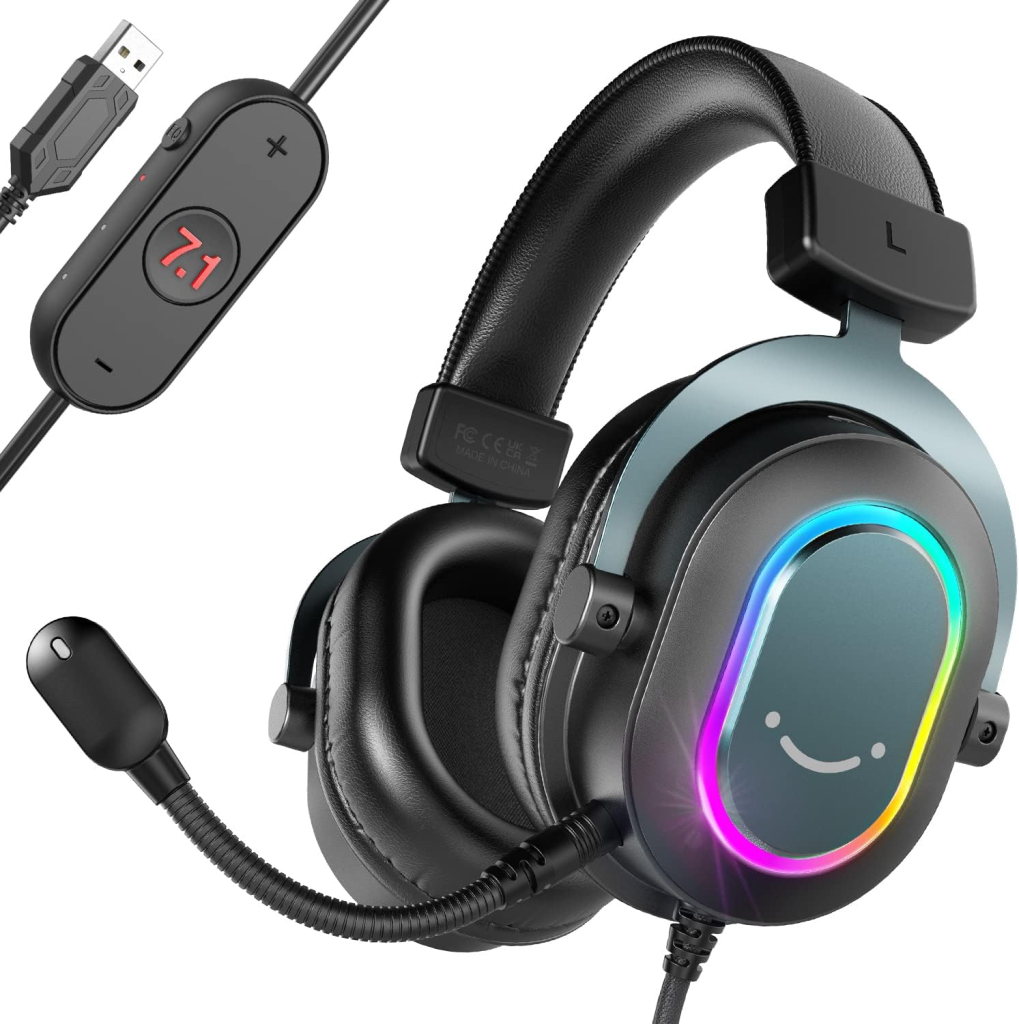
All things considered, we can say that the Fifine AmpliGame H6 headset is undoubtedly a standout among the low/mid-end class. It does have its small set of drawbacks, such as the receded mid-frequency range and the muffled EQ mode, but these are easily overshadowed by its price and the clarity of its audio. In any case, at around 40 dollars, there is basically no competition for this one right now, so be sure to grab it if it is in your budget.
Pros
✓ Crisp mic quality
✓ Soft cushions
✓ Solid imaging for its price
✓ Affordable
Cons
✘ Undetachable cable
✘ Muffled EQ mode
Fifine, the renowned manufacturer of microphones, headsets, and speakers that’s been around for almost 10 years, has recently released yet another contender for the list of mid-range headsets that won’t break the bank.
This brand is well known for its budget-friendly products – they strive to maintain audio quality while keeping prices reasonable. You can clearly see that with some of their top-selling microphones like the Ampligame A6, which is without a doubt the cream of the crop mic for that price range and is very famous among streamers and YouTubers.
But today, we’re here to have a glimpse of what this new H6 headset has to offer. Is it another one of their stellar cost-benefit headsets? Have they missed the mark with this one? We’ll check it out today, so buckle up, and let’s get to it.
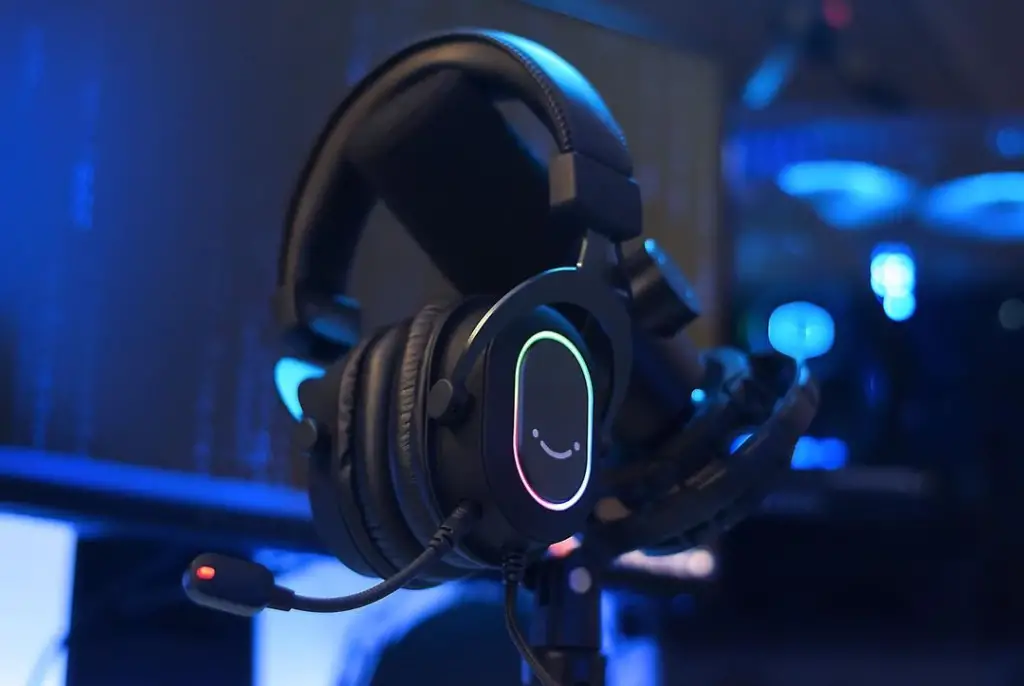
Design
When it comes to aesthetics and sturdiness, we can say in advance that they did a great job with this one.
Apart from the band, the entire headset is made out of plastic, but it doesn’t feel like cheap plastic at all. They used leatherette for the headband and the cushions, and while this material is not bad per se, it tends to get pretty hot in the summer.
Besides that, leatherette is known for being prone to damage when exposed to sweat over time, so be sure to keep it clean if you want it to last.
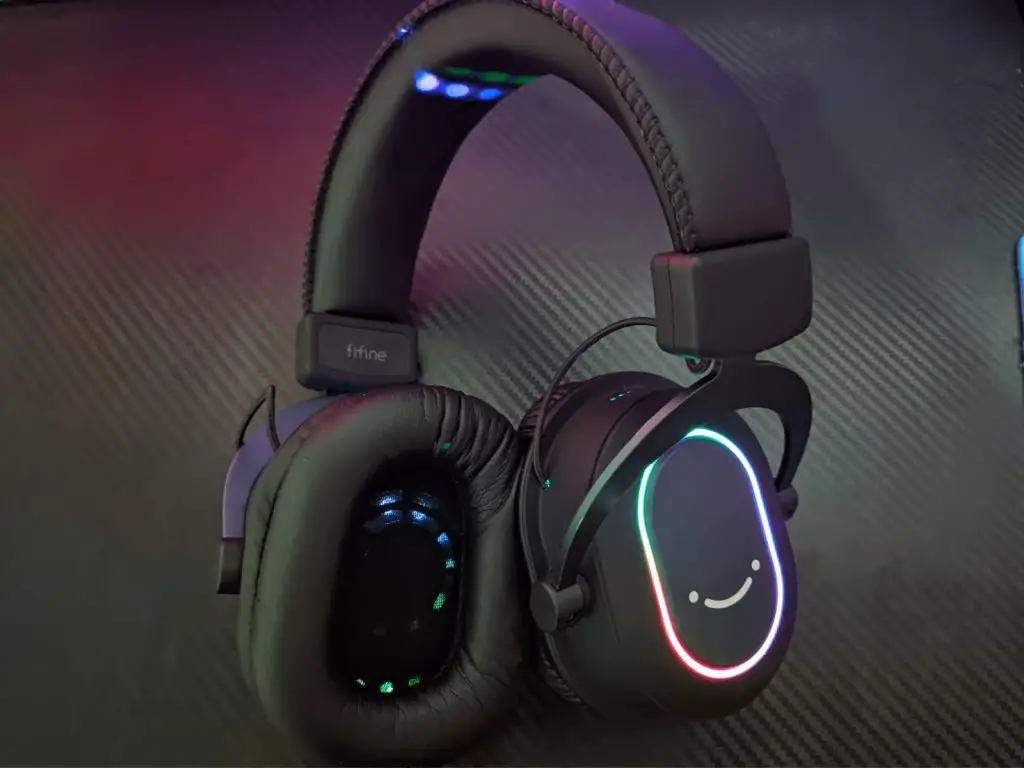
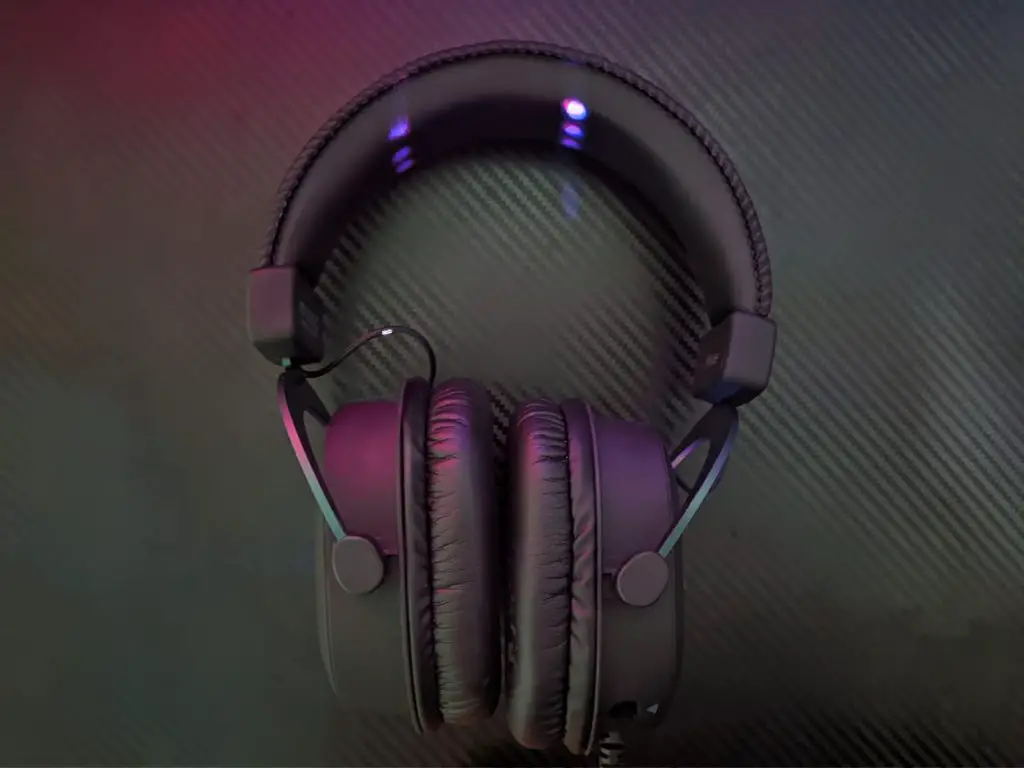
The entire headset was finished with a matte black hue. On the ear cups, the plastic used in the space where the logo is centered was textured similarly to the band paint.
Around this textured plastic, there is an RGB rainbow LED that you can’t control the colors or even turn off, unfortunately. Its frame is overall on the smaller side, measuring around 23 cm from top to bottom (maximum headband adjustment).
The adjustable headband has 7 presets, each measuring around 5 mm (the small gaps in the band in the image below).

Comfort
While that size may sound like it is too short for smaller heads, we are not taking the adjustable headband slide into account.
At maximum, it can reach 19 cm, which is more than enough for most head sizes, corresponding to the distance from your head to the center of your ears.
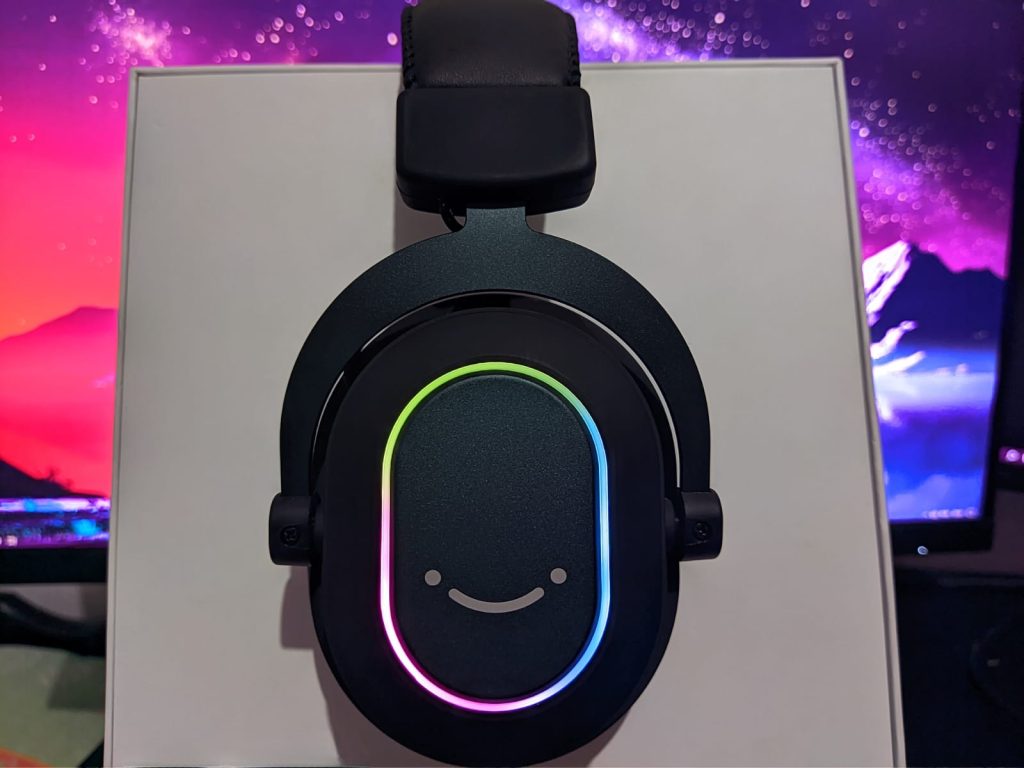
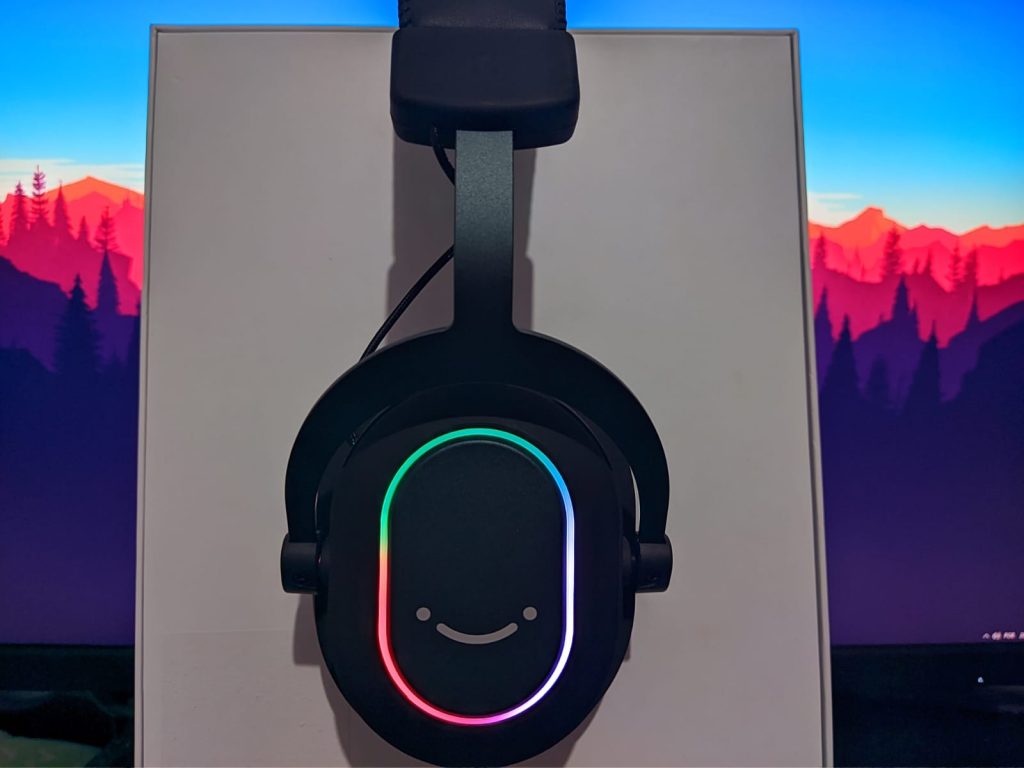
The thick metal-based band will cause the clamping force to be too tight initially, but after some weeks of use, it softens up and becomes way more comfortable. Besides, the headband has a very soft foam that will increase comfort during daily use. Once again, it is made of leatherette, so be sure to clean it periodically.
Now, when it comes to the earpads, we can say that they offer average comfort – they are also made of leatherette, as we just said, but additionally, they also have a breathable material on their underside
Unfortunately, they aren’t as tall as they could be, so for those with larger ears, it may be uncomfortable to some degree, especially initially, before the clamp softens up.
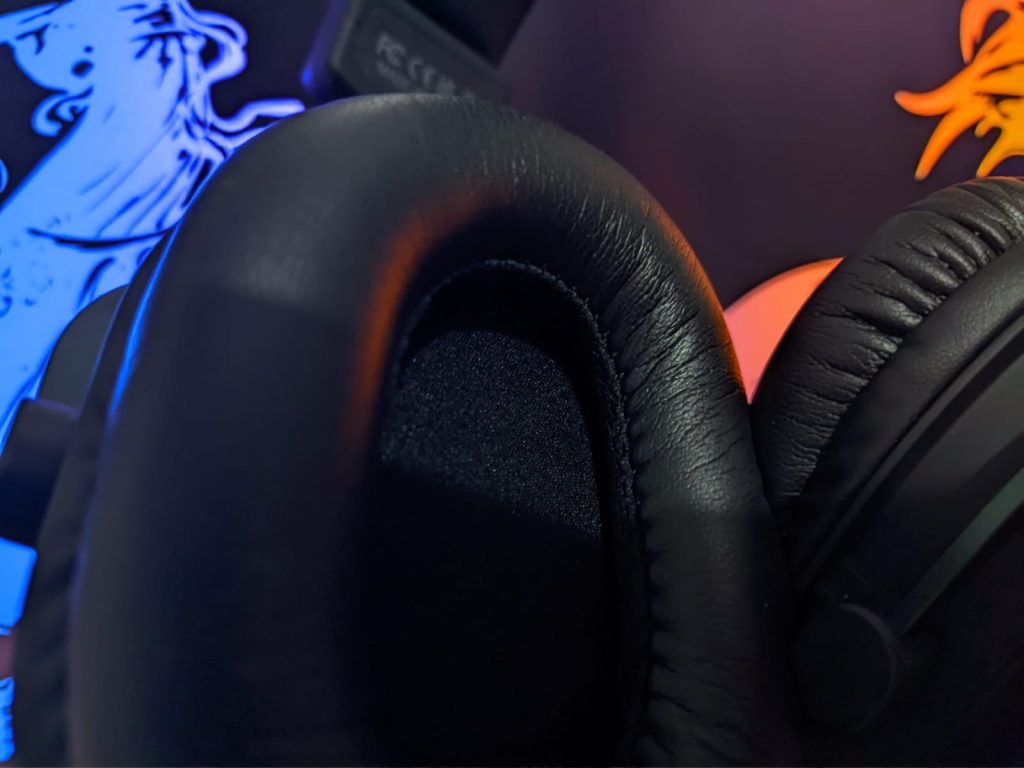
Cables
Thankfully, Fifine went with a very sturdy and high-quality cable for the H6. This should put your worries about future breakage to rest. The braided material might feel a bit stiff initially, but similar to the clamping force, this stiffness will lessen with use. This cable is 6.6ft (2m) long.
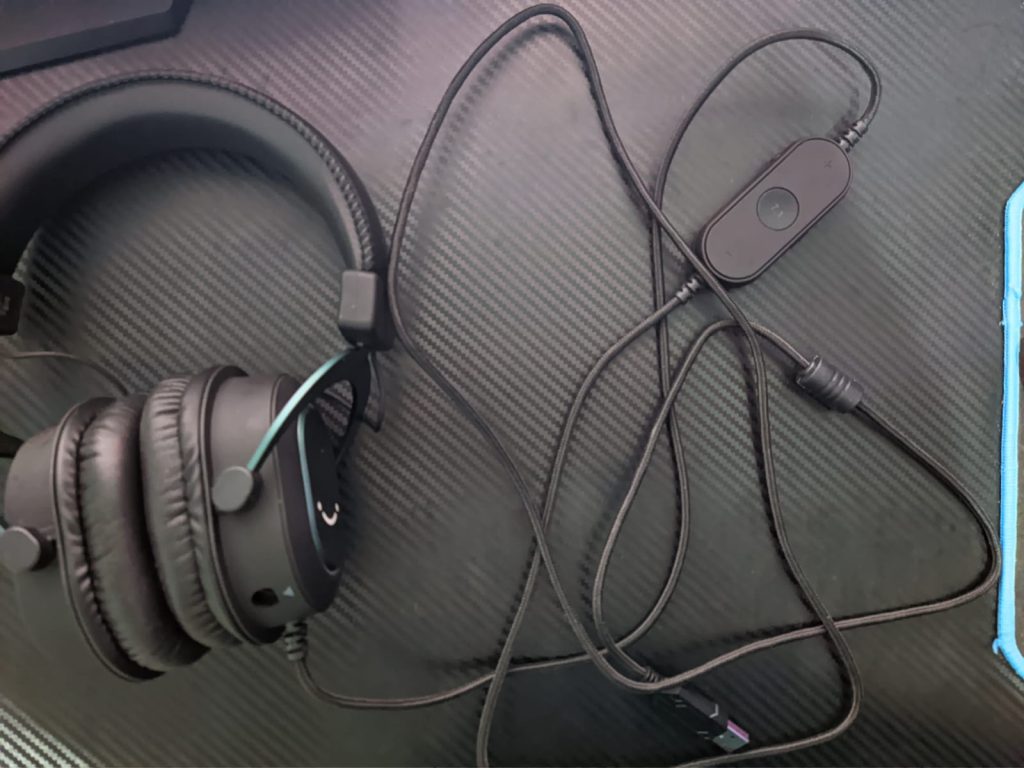
One interesting aspect of this model, not typically seen in many headsets, is the use of the same material for all the cables. This includes the main cable and the two thinner ones connecting the earcups and emerging from the headband.

Now, for these thinner headband cables, manufacturers often choose a softer material due to space limitations. Unfortunately, that softer material can be less durable and is a common culprit behind headset failure on one side of earcups. Fifine prioritizes longevity here, earning yet another plus point for their build quality.
It’s important to note, though, that, unlike the mic, the cable isn’t detachable. So, if it suffers significant damage, the entire headset might be doomed.
The control module has some useful switches to improve your experience. The volume buttons, conveniently located on the outermost sides of the module, allow for easy adjustments. In the center, you’ll find the 7.1 mode on/off switch that illuminates white when activated.
On the right side, you’ll find the mic mute button. And on the left side, you have the EQ button with its three different modes, which we’ll explore in detail in the audio quality section.
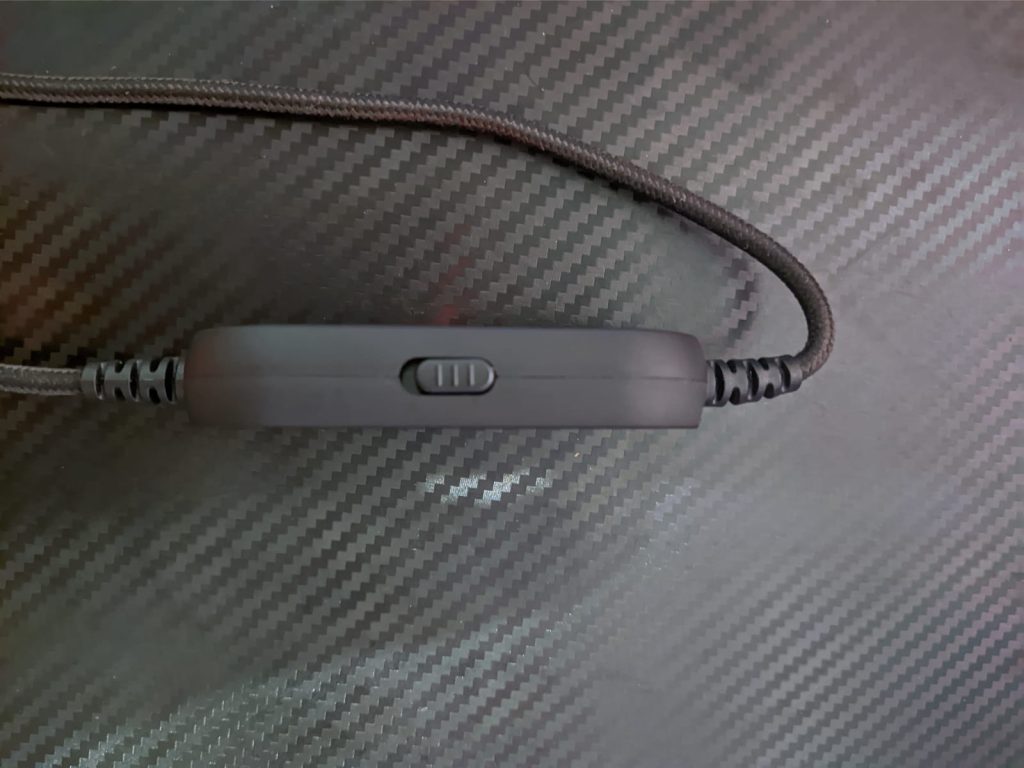
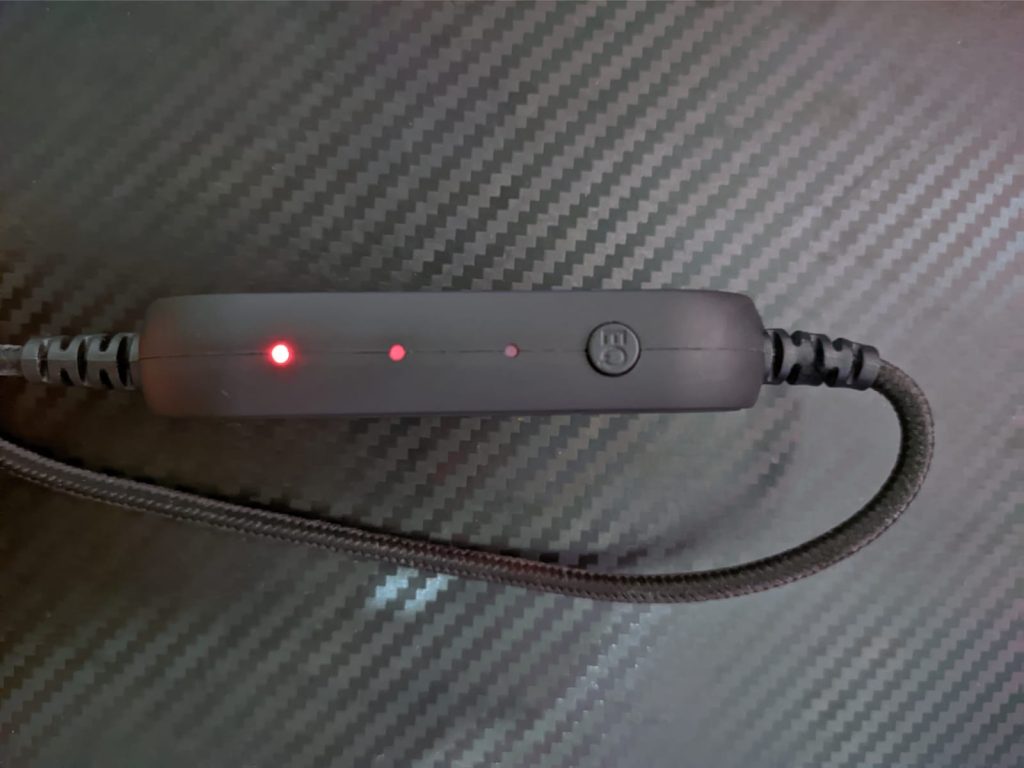
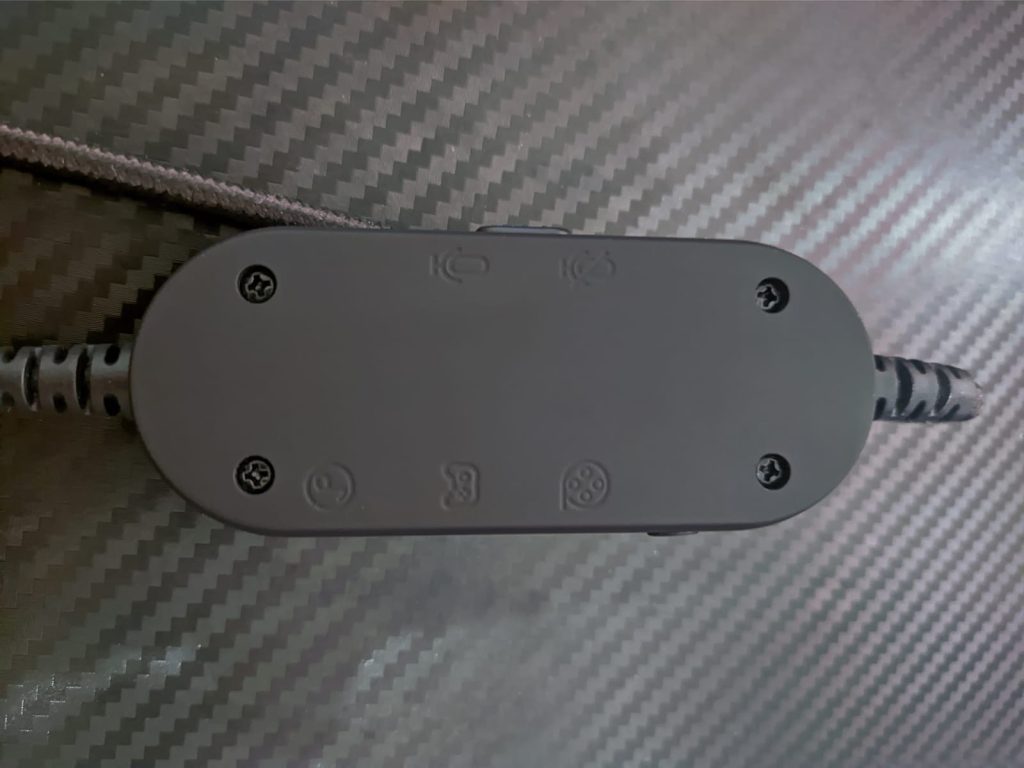
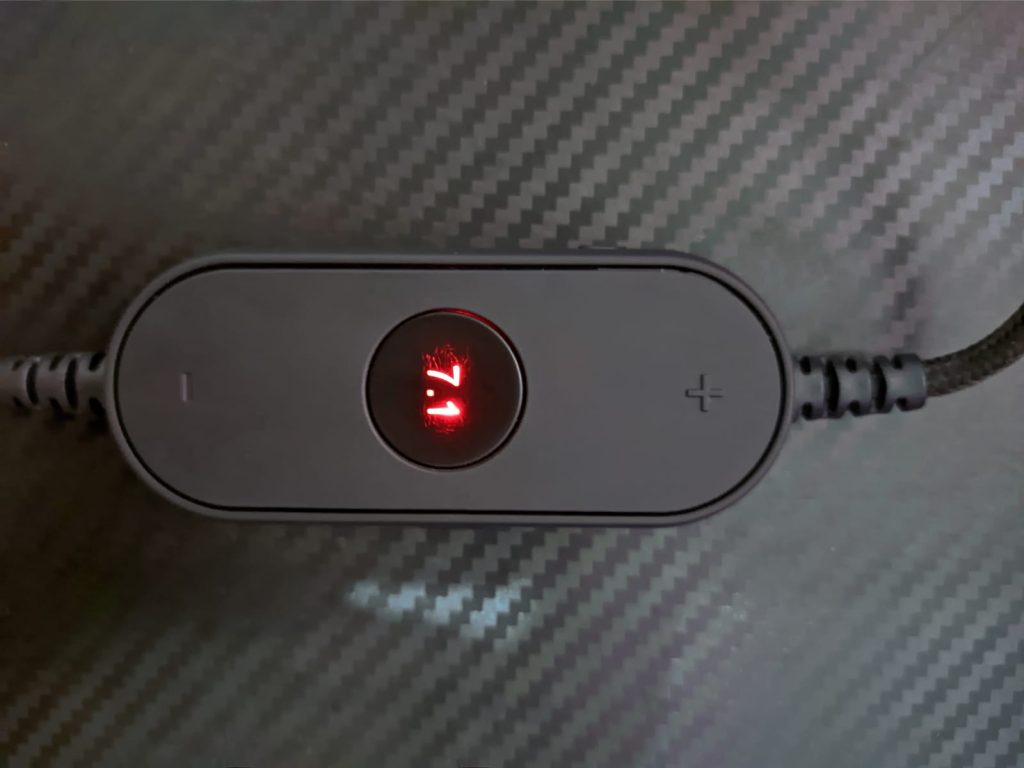
What’s in the box?
They decided to keep the box quite simple – with as few adorns as possible, including only the necessary: the headset and the manual.
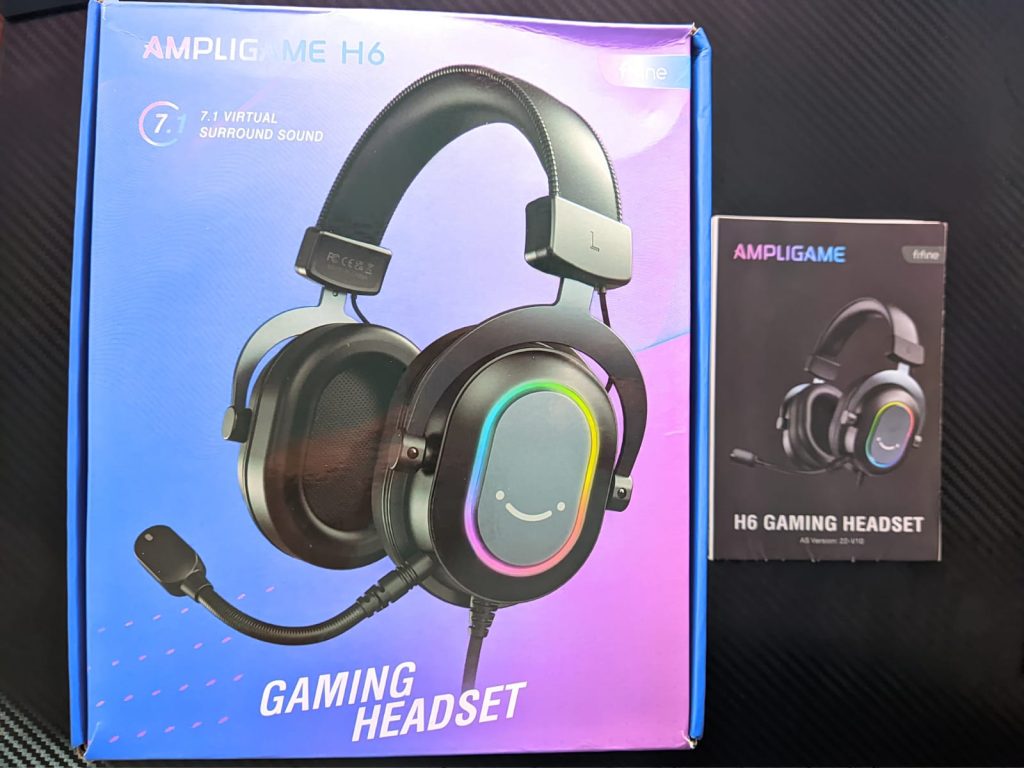
Audio quality
Alright, let’s get down to what we’ve all been waiting for: the audio quality. But before that, let me explain how the tests will work.
For each frequency range, we selected a song, and we’ll use that song as a base to compare this headset to another in this same price range. The headset used for comparison will be the Mpow Air SE, as it’s currently in a very similar price range.
The EQ modes
As we mentioned before, this headset has 3 EQ settings, excluding the 7.1 surround sound option, that you can choose from. On the rear of the control module, there are some symbols engraved in the plastic aligned with each EQ mode, so we can get an overall idea of what each EQ preset is intended for.
The first one is possibly a gun’s cylinder, meaning you should play shooting games with this mode, and considering how it shapes the frequency into a more ‘V-shaped’ style, I can see it catering to those kinds of games.
The next one has a gaming controller drawing, probably implying that you should play games with this mode. In our tests, we saw that it cranked the bass all the way up, making everything sound quite muffled. Honestly, I strongly advise against using this mode at all, whether for gaming or music.
The next one is my favorite and arguably the best of the three: a music symbol. It obviously means you should listen to music in this mode. Interestingly, it actually makes the frequency flatter, but the highs are still quite present, ending up quite strident in some songs (we’ll get into that in a second). Now, for each of the songs we’ve tested, we’ll use each of the EQ modes, so you can have a general idea of what is the best for each type of use. So, without further ado, let’s dive in.
Bass
Songs used:

– Identikit by Radiohead

– Where I End and You Begin by Radiohead
This particular song has always been my go-to for testing sub-bass response in headsets. It clearly separates those that only deliver punchy, muffled bass from those with true sub-bass capabilities. In the case of the H6 (using the music EQ mode), it falls somewhere in the middle.
While the first EQ mode creates a boosted, V-shaped sound signature with emphasized bass, it sacrifices naturality. The “gaming” mode, as expected, spoils the sound even further – at 3:40, Thom’s vocals become barely audible, and everything sounds muffled.
The music mode fares much better. At 2:54, when all instruments come in and the bass kicks in, this mode excels at keeping everything distinct, maintaining a clear presence for both bass and sub-bass.
For the punch bass test, we switched to “Identikit” at 2:56, where the bass truly shines. This song highlights the H6’s strengths – every instrument is well-defined, with excellent imaging that allows you to pinpoint each element in the mix. Nothing feels overpowering or underrepresented. While the song’s mixing likely plays a role, the H6 still delivers a surprisingly good performance, surpassing its showing with the first test song.
So considering how it surprised us at the end of the tests, the neutrality of the bass of this headset really stands out, but the punch bass is a little bit lacking so we would give it a solid 7/10.
Mid
Song used:

– Roscoe by Midlake

– Somewhere Over the Rainbow by Israel Kamakawiwo’ole
Similar to many other headsets in this price range, the mids tend to be a little bit recessed in order to put further emphasis on the trebles and bass. Songs with acoustic elements like this one, tend to be ideal for assessing a headset’s midrange. This song, in particular, becomes quite complex at 3:26, which is not a problem for flat headsets at all, but the V-shaped ones tend to overwhelm the mids and the singer’s vocals a lot.
Now, one thing we found interesting is that, for the mids, the first EQ mode (the one that is similar to a gun’s cylinder) actually makes the voices softer. It could be due to the increase in the lower frequencies making the voice less strident.
That is further emphasized in the “Somewhere Over the Rainbow” song, which prominently features the singer’s vocals, therefore benefiting from a softer presentation. Having said that, this mode is also the one we found optimal for listening to podcasts and livestreams in general, as the last one makes the voice too strident in some cases as it’ll decrease the lower frequencies.
In any case, this headset isn’t particularly remarkable when it comes to the mids, so we rate it a solid 6/10, which can jump to a 7/10 depending on your choice of EQ mode.
Treble
Songs used:

– This Love by Maroon 5

– Under the Bridge by Red Hot Chilli Peppers
To test the trebles, we selected two songs mixed in a way that pushes the high frequency above the skies. And, of course, if the headset treble is up there as well, the highs would be quite piercing.
‘Under the Bridge’ is a perfect example of a song that is mixed that way. Depending on the headsets you use, you’ll surely have a hard time with the guitar in that song. But, believe it or not, this one performed quite solidly with this song, even using the EQ preset that emphasizes highs the most. The same can be said for the Maroon 5 song. Even though that song is mixed in a better way than the former one, it is still quite piercing to the ears depending on the headsets used.
And, surprising us once again, this headset reproduced this song masterfully. It is just on the verge of being too piercing and being quite clear. If you have a sensitivity to trebles, though, you can still perceive it as quite irritating over time.
The problem here is that you have nowhere to run; you either choose the first EQ preset which would push the trebles even higher but also the bass which would theoretically masquerade the trebles a little bit. Or you go for the second EQ preset which makes everything muffled, in exchange for less treble.
So, in the end, we can say that the treble of this model by Fifine stands right on the border of being too much. If you have sensitive ears, you are going to find it a little bit strident, that is for sure. But it still deserves a good 8/10 considering how you’ll have a hard time finding songs that won’t benefit from the clarity and crispiness.
7.1 Surround Sound
Before we delve into the soundstage and imaging of this headset, let’s address the 7.1 surround sound feature. As mentioned earlier, 7.1 isn’t ideal for music. It tends to push instruments back in the mix for a more artificial “spacious” feeling, which ultimately sounds unnatural. However, for gaming, it’s a different story.
In our tests with games like Valorant and CS:GO, it was actually easier to pinpoint the direction of footsteps. While it’s not perfect, and you might still misinterpret some sounds, 7.1 does function reasonably well for its intended purpose. Just remember to disable it when you’re not gaming.
Imaging and Soundstage
Unsurprisingly, the soundstage of a closed-back headset isn’t as expansive as an open-back design. Nevertheless, compared to other closed-back headsets like the Mpow, this one performs noticeably better. We tested its imaging with Daft Punk’s masterfully mixed album, Random Access Memories. The track that surprised us the most was “Get Lucky.”
At the 4:17 mark, we could almost pinpoint every instrument distinctly, with no muffled sounds. While pinpointing the exact location of each instrument remained a slight challenge (as is expected from a low-end closed-back headset), this model offered the best imaging and soundstage we’ve encountered so far in this price tag.
The Mic
There isn’t a better way to conclude this review than by mentioning yet another aspect of this headset that truly surprised us. And this final feature is the microphone. Compared to the Mpow’s mic, this one is miles ahead, delivering a neutral voice with a focus on the higher end of the frequency range.
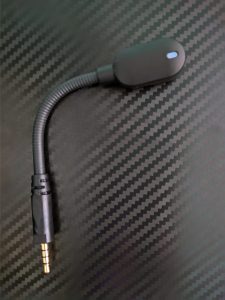
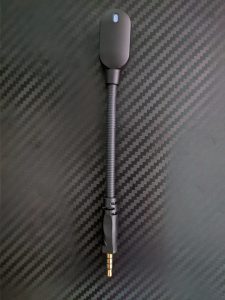
In comparison, the H6 produces a more muffled tone to your voice, which may sound somewhat off, even with some filters to enhance the quality. Of course, neither are substitutes for actual professional microphones if you require the highest performance available, but when comparing them side by side, the H6 comes out ahead.
Final thoughts
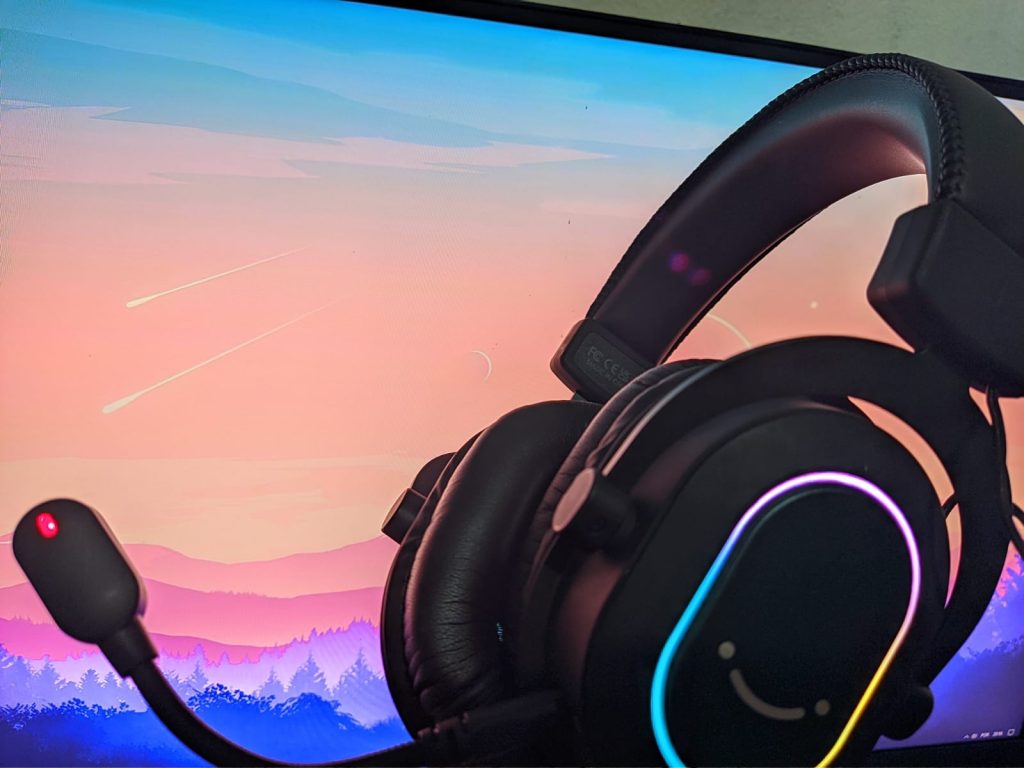
All things considered, we can say that the Fifine AmpliGame H6 headset is undoubtedly a standout among the low/mid-end class. It does have its small set of drawbacks, such as the receded mid-frequency range and the muffled EQ mode, but these are easily overshadowed by its price and the clarity of its audio. In any case, at around 40 dollars, there is basically no competition for this one right now, so be sure to grab it if it is in your budget.
You may like
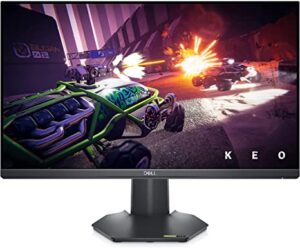
Dell G2422HS Review | The Best Budget Gaming Monitor?
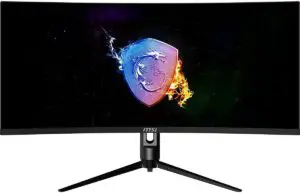
MSI Optix MAG342CQR Review | New MSI Curved Ultrawide
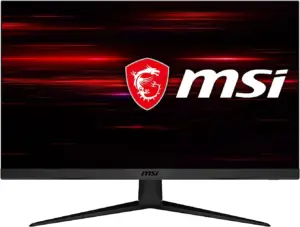
MSI G2712 Review | The New 27-inch King?

Dell SE3223Q Review | The Best 4k Screen Right Now?
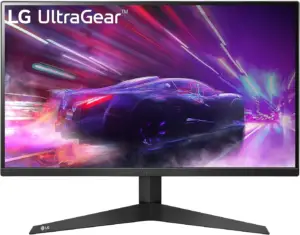
LG 24GQ50F-B Review | Awesome Sale Prices
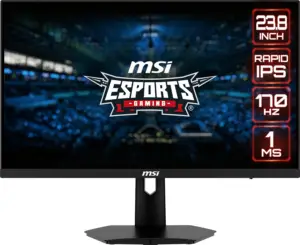
MSI G244F Review | Mediocre or Outstanding?
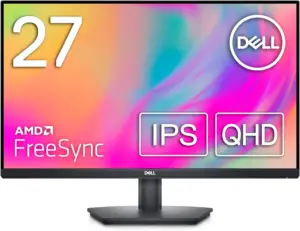
Dell SE2723DS Review | Budget With Great Features
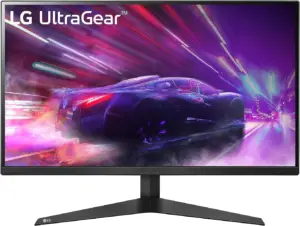
Lg 27GQ50F-B Review | The Best LG 27-inch Release?
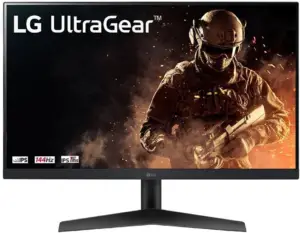
LG 24GN60R-B Review | Cheapest Gaming Monitor?
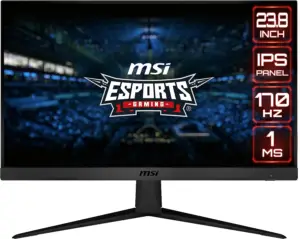
MSI G2412 Review | The New Best Budget Monitor?
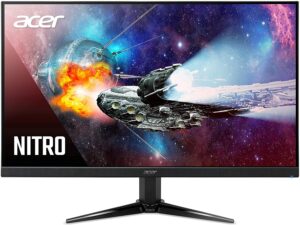
Acer Nitro QG241Y Review | Cheapest HDR Monitor?
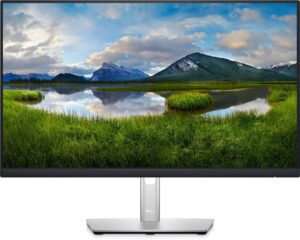
Dell P2422H Review | A Worth It Casual Screen?
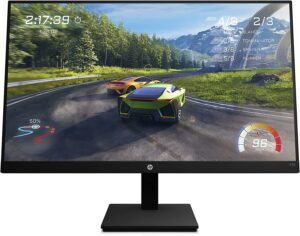
HP X32 Review | Budget 32-Inch Gaming Monitor
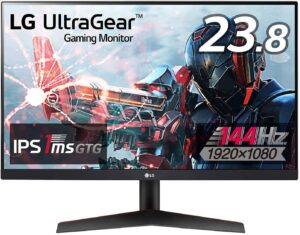
LG 24GN600-B Review | Really Affordable Gaming Monitor
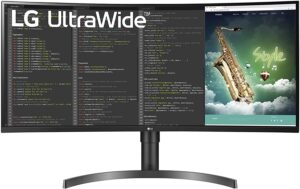
LG 35WN75C-B Review | Do Not Waste Your Money
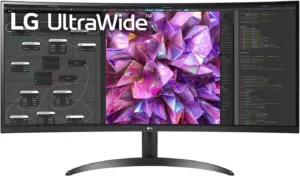
LG 34WQ60C-B Review | Is It Worth The High Price?

Dell S2421HN Review | Packed With Downsides
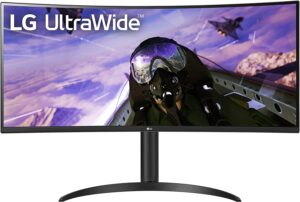
LG 34WP65C-B Review | One Of The Best Ultrawide Monitors
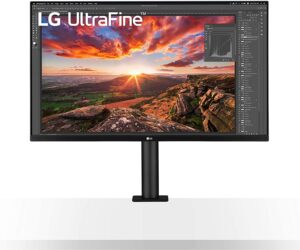
LG 32UN880-B Review | The Best 32″ Ergo Monitor?
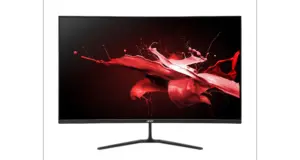
Acer ED320QR Review | One Of The Cheapest 32″
Table of Contents
